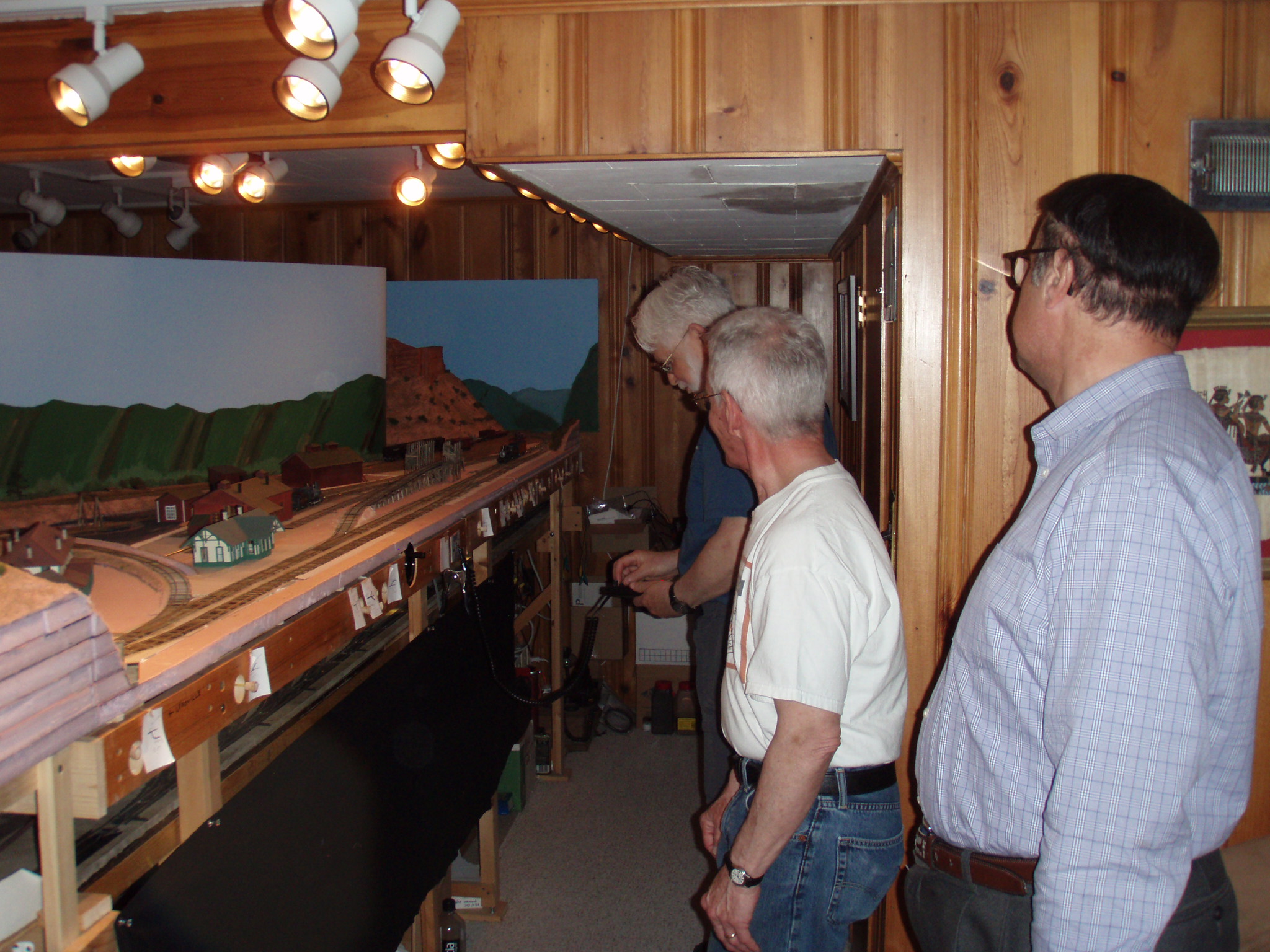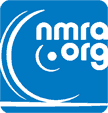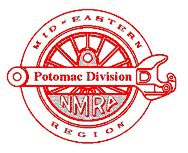Dick Kafka's Colorado Midland
April 27, 2019

Progress and Potential by Bill Mosteller
Nick Kalis, our layout tour coordinator, likes to say that hosting an open
house is an
excellent vehicle for getting your layout shaped up, and our host today,
Dick Kafka,
agrees completely. Much of what we saw today is recent, but exquisite work
on his
part. The Colorado Midland stretched hundreds of miles from Colorado
Springs to Grand
Junction, most of the width of Colorado. Dick's layout focuses on Basalt,
roughly at
the midpoint of the line, with double-ended staging tracks beneath serving
to simulate
the un-modeled parts of the railroad.
Basalt hosts scratchbuilt structures that produce traffic for the
railroad, including
a hotel, a station, an engine maintenance facility, an ice house, and a
turntable.
The railroad was built for the purpose of hauling coal, and the
centerpiece of the
Basalt trackage is a coal trestle. Prototypically, the slope of the track
is steep,
suggesting only a few cars were moved up at a time. Dick says that at the
time he's
modeling, hoppers were unloaded by men with shovels, forget rotary dumpers
or even
doors on the bottom of the hoppers. Basalt was a farming community on the
western
side of the continental divide, so reefers loaded with produce would be
iced, and
stock cars would be used to move cattle between winter and summer
pastures, or to
market. A yard provides space for these cars.
The hand laid track in Basalt, on wooden ties with spikes on every second
tie,
immediately caught my eye. After seeing this excellent engineering, I
wasn't
surprised to see a certificate on the wall indicating that Dick is an IEEE
Fellow,
retired from PEPCO. The staging track beneath has LEDs to illuminate the
track,
greatly improving visibility in that area. (The lighting reminded me of
subway tracks
in my native Boston.) The layout design was reviewed by John Armstrong
prior to
construction and he recommended the turnouts be placed along the front
edge of the
hidden track area. While this change makes the staging look a little less
like a real
railroad yard, and shortens some of the tracks more, it also means that
maintenance
and problem solving on the yard will be possible. Excellent idea!
Future plans include construction of the Aspen Branch, which at present is
represented
by a section of track leading off into the air. When this is completed, it
will be
possible to exchange freight between non-staging parts of the railroad.
Operating
sessions are already being held, and the extension will enhance them.






